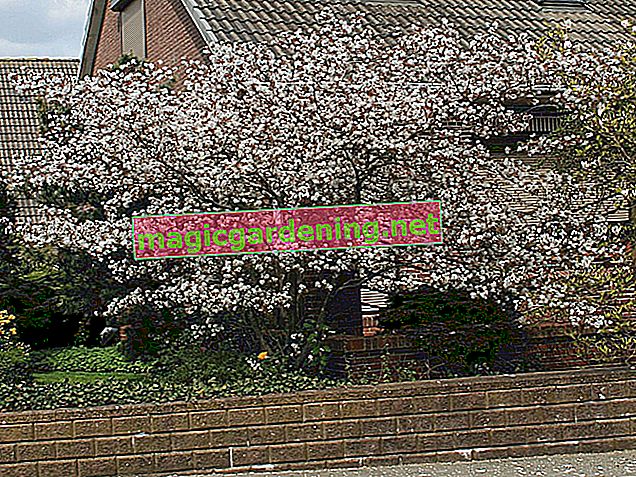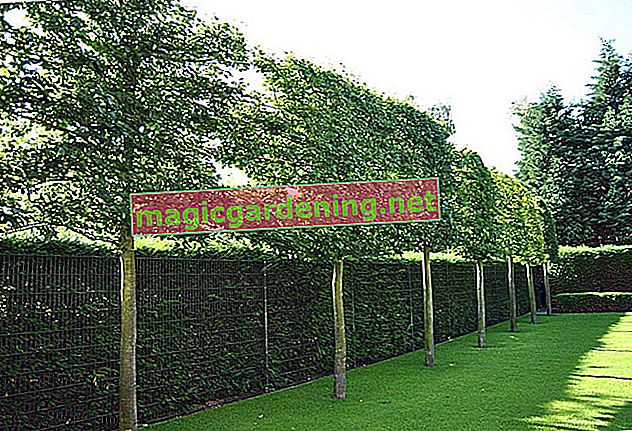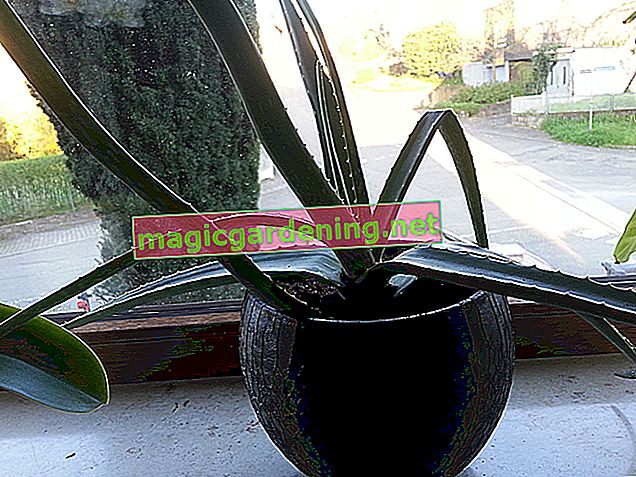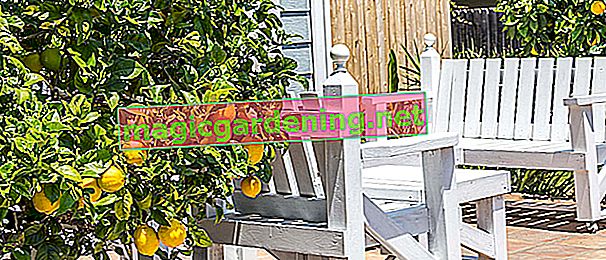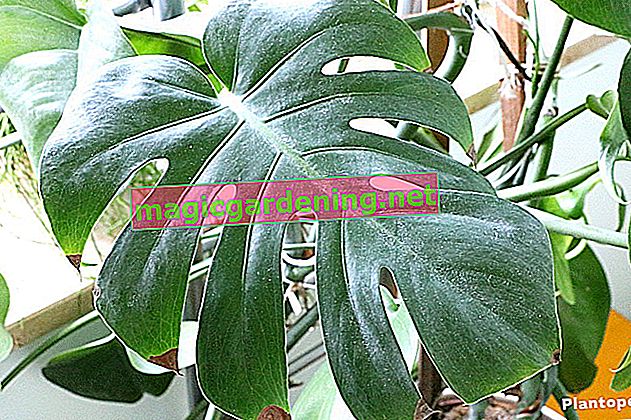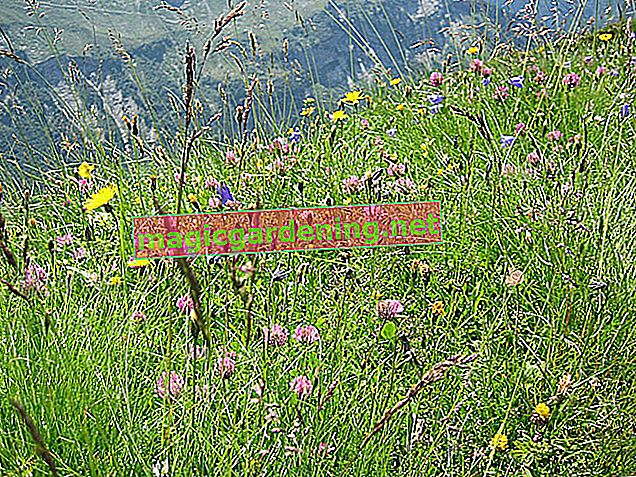
Selection of the location
Basically, flowers and meadow herbs thrive best on rather poor, dry soils. Fat, nutrient-rich soils are more of a breeding ground for more competitive plants (e.g. dandelions, nettles) and grasses. If the soil is not optimal at your intended location, you can either thin it out or adapt the desired vegetation to the soil. Some natural seed senders have special seed mixtures for lean, sandy and other meadows. However, the location should definitely be sunny.
also read
- A paradise for butterflies and bees - create a poor meadow
- Create and maintain flower meadow
- Create a hedge of deutzia
Preparation of the soil
The preparation of the soil depends on how it was used previously. Is it a lawn, fallow or meadow area? If there is still growth on it, you should remove it with a spade and replace it with a fresh mixture of earth and sand. As a rule, mere digging is not enough, as rhizomes and seeds of unwanted plants still remain in the soil, which can eventually emerge again. After removing the scar, dig up thoroughly and break up large clods of earth. Then level the area with a rake and crumble the earth as finely as possible.
Sowing and care
If that is done, you can sow the selected flower meadow mixture broadly. Calculate about five to ten grams of seeds per square meter of meadow area. Carefully rake the seeds into the ground with a rake, a few millimeters being sufficient - after all, most meadow flowers are light germinators. Compact the soil with a lawn roller or similar and moisten it - the seeds must never dry out, otherwise they will germinate badly. The first mowing is carried out about ten weeks after sowing and is mainly used to destroy weeds.
What summer flowers can be sown?
The types of summer flowers you sow will depend on the location, the nature of the soil, the region and your personal preferences. Typical meadow flowers include
- Yarrow (Achillea millefolium)
- Meadow Bellflower (Campanula patula)
- Meadow marguerite (Leucanthemum vulgare)
- Pigeon Scabiosis (Scabiosa columbaria)
- Red meadow clover (Trifolium pratense)
By the way, planting the small rattlespot ((Rhinanthus minor)) ensures that grasses cannot spread too much.
Tips & Tricks
It is better to plant too much than too little seed, because experience shows that many of the seeds are eaten away by birds, moles or mice - if there is no seed, no dense plant density can develop and your summer meadow will not be as beautiful as hoped.

